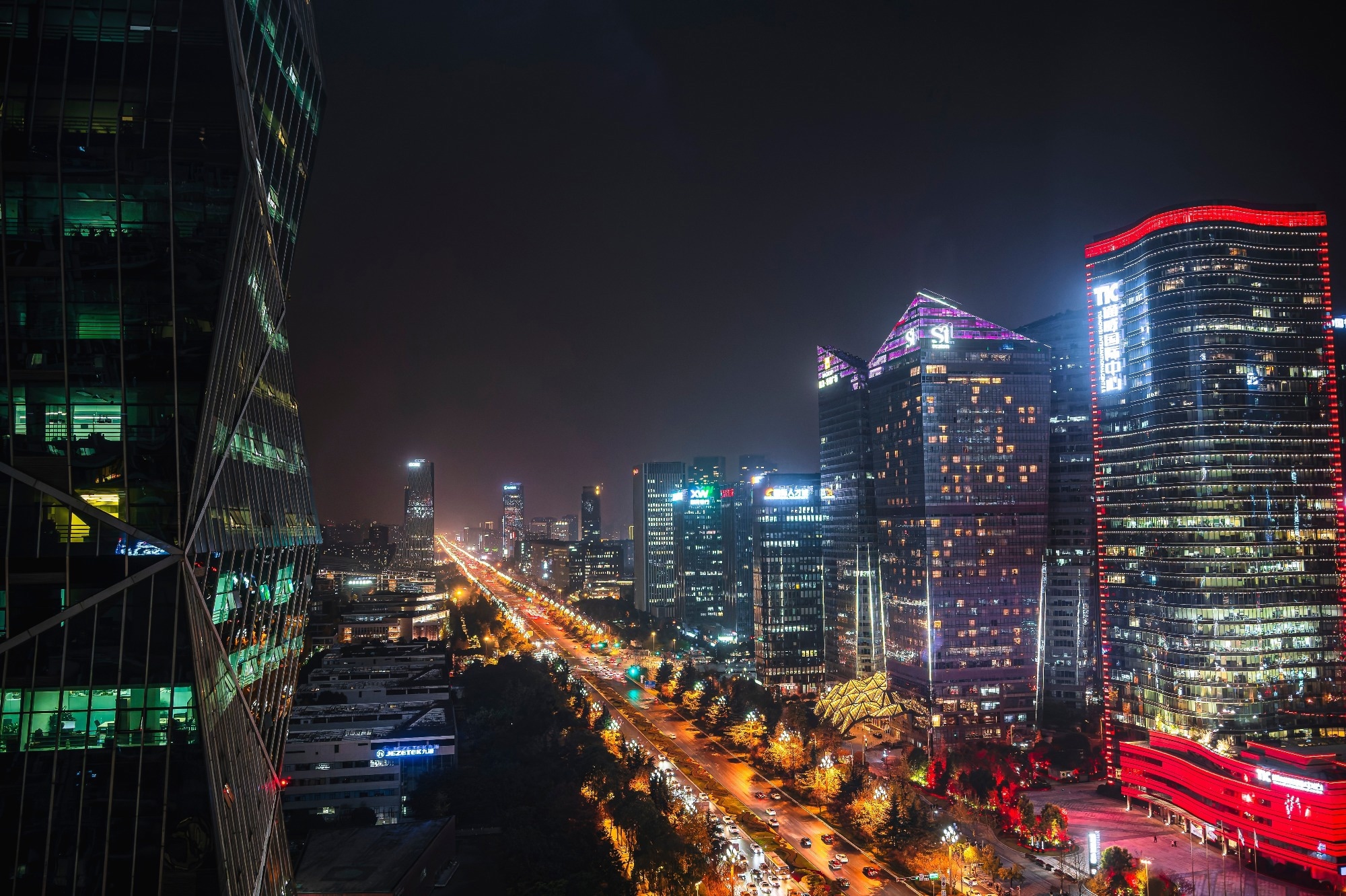In a recent study published in The Lancet Regional Health-Western Pacific, researchers comparatively examined epidemiological evidence from Chinese megacities to assess the influence of their distinct urban growth trajectories across time on the health of their aging residents.
Study: Urban health advantage and penalty in aging populations: a comparative study across major megacities in China. Image Credit: mehdi33300/Shutterstock.com
Background
Cities are critical for infrastructure, services, and economic growth, and urban life is associated with improved health consequences due to increased accessibility to healthcare, education, and transportation.
However, decentralization in affluent nations has resulted in poverty, crime, and drug usage in urban areas, as well as pollution, overcrowding, and health disparities.
There is a life expectancy disparity in China, and understanding the link between wellness and urban growth is critical for enhancing healthy aging among individuals and maintaining improved life expectancy. Most research focuses on urban-rural disparities, with limited emphasis on evidence-based health disparities inside cities.
About the study
In the present study, researchers used high-resolution geospatial demographic data to investigate complex interactions between urban environments and urban planning with individual-level health outcomes in elderly individuals living in China’s six megacities: Shanghai, Beijing, Guangzhou, Tianjin, Chengdu, and Chongqing.
The researchers examined empirical data demonstrating resource and pollution disparities within and across cities. They used spatiotemporal fluctuations in green space, air pollution, and night lighting in the cities to measure environmental parameters and economic activities.
Over 20 years, researchers in China monitored air pollution changes [particulate matter with a diameter less than 2.5 μm (PM2.5), nitrogen dioxide (NO2), ozone (O3)], green spaces [measured by the Normalized Difference Vegetation Index (NDVI)], road infrastructures (ring road regions), and night lighting.
Over 16,824 individual years, the researchers followed 4,992 older adults (mean age, 88 years). They used the Chinese Longitudinal Healthy Longevity Survey (CLHLS) data to investigate the impact of air pollution on China’s elderly population. They collected PM2.5 data from the Atmospheric Composition Analysis Group and NO2 data from global NO2 land use regression (LUR) models.
The researchers estimated ozone concentrations using the Community Multiscale Air Quality (CMAQ) model, population density, climatic factors, and road height and length.
They used Google Earth Engine, China’s Resource and Environment Science and Data Center information, and the Gridded Population of World Version 4 (GPWv4) population data to determine average night illumination.
Cox proportional-type hazard regressions calculated hazard ratios (HR) to estimate the relative risk of socioeconomic and environmental variables on survival.
The researchers evaluated 14 factors to determine longevity, including age, ethnicity, biological sex, residence, marital status, education, occupation, household income, alcohol consumption, smoking, exercise, sports, and the count of points of interest (POI) medicinal facilities, scenic spots, and leisure care-associated areas within a radius of 5.0 km.
The researchers calculated the unweighted population attributable fraction (PAF) of all-cause mortality using environmental, socioeconomic, and geographic risk variables.
Results
Among the participants, 58% were female, 98% were Han Chinese, 72% did not live with their spouse, 89% engaged in manual labor, 53% had no formal education, 65% had never smoked, and 69% had never consumed alcohol.
Survival rates were higher by geographical closeness to sites of attraction. Older adults residing in POI-rich regions exhibited a 35% to 36% reduced death risk compared to elders from POI-poor regions for the uppermost and lowermost quartiles, respectively.
Higher levels of air pollution, such as NO2 and PM2.5, were linked to a 10% (HR, 1.1) and 21% (HR, 1.2) increase in death risks per 10 μg m-3, respectively.
Annual average PM2.5 and NO2 levels ranged from city centers to outskirts in Shanghai, Chongqing, Chengdu, and Guangzhou, with Beijing being the most impacted. Ozone levels were higher in Beijing, Shanghai, and Chongqing’s outskirts but not in Tianjin.
Night lighting levels decreased from inner to outer ring road locations in all six megacities. Higher night light levels were associated with improved health outcomes in fully adjusted models.
The study discovered a strong link between medicine-related facilities and death, with continuous counts indicating an HR of 0.98.
From 1999 to 2019, the three-year average concentration of PM2.5 in megacities climbed with variation before progressively declining, with a sluggish fall followed by a surge from 2010 to 2013. The evolution trend exhibited an “M” form that was most visible in Shanghai.
Conclusion
The study showed that city centers frequently inhabited by individuals with better socioeconomic status provide easy access to public services and economic events, which might alleviate the adverse health outcomes of diminished green spaces and increased air pollution.
The findings show that polycentric city spatial development, balanced infrastructure, natural areas, and reduced air pollution can result in age-friendly cities that enhance health. The findings can help urban planners and health authorities design more egalitarian, age-friendly communities.
Source link : News-Medica

